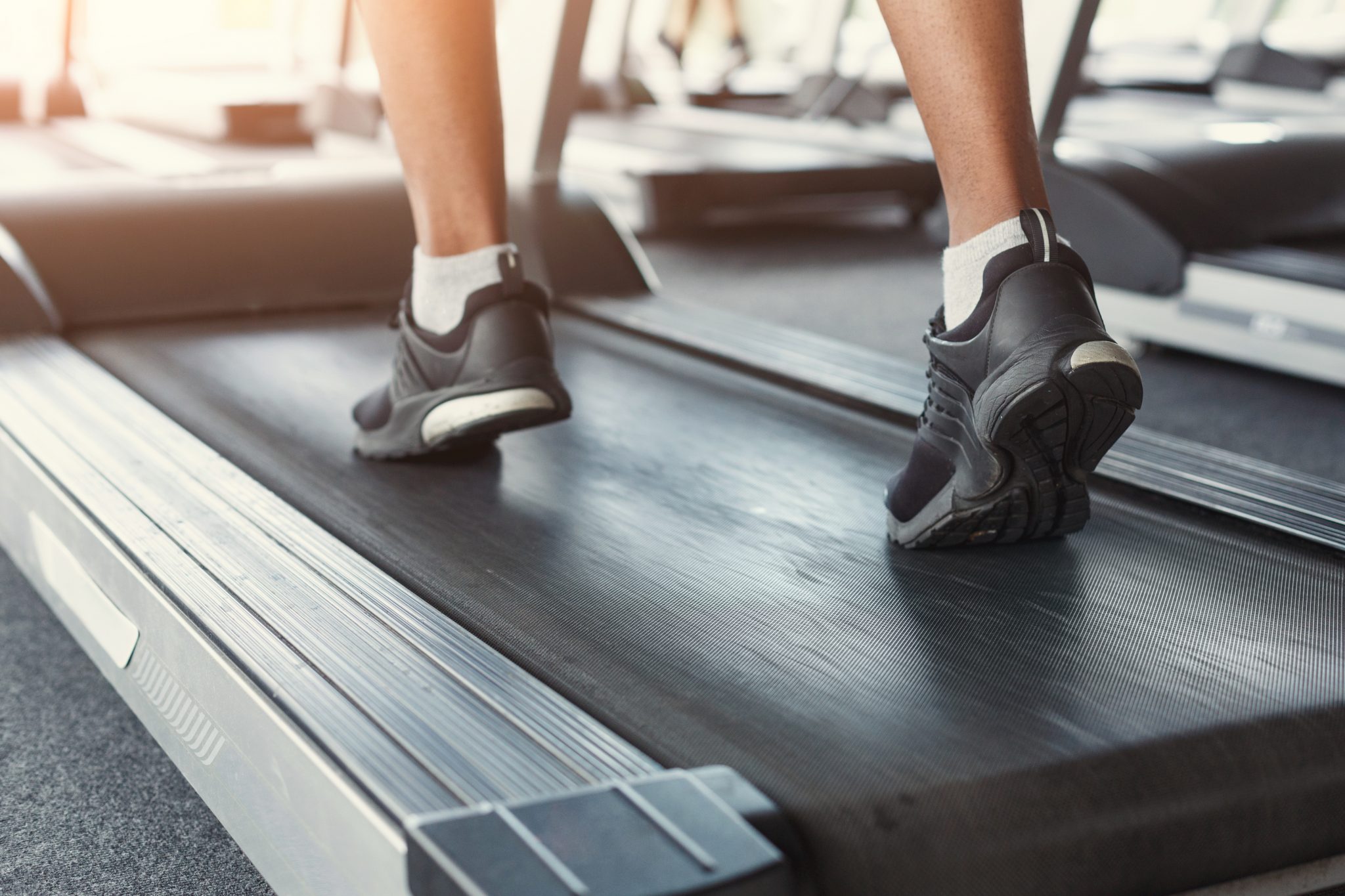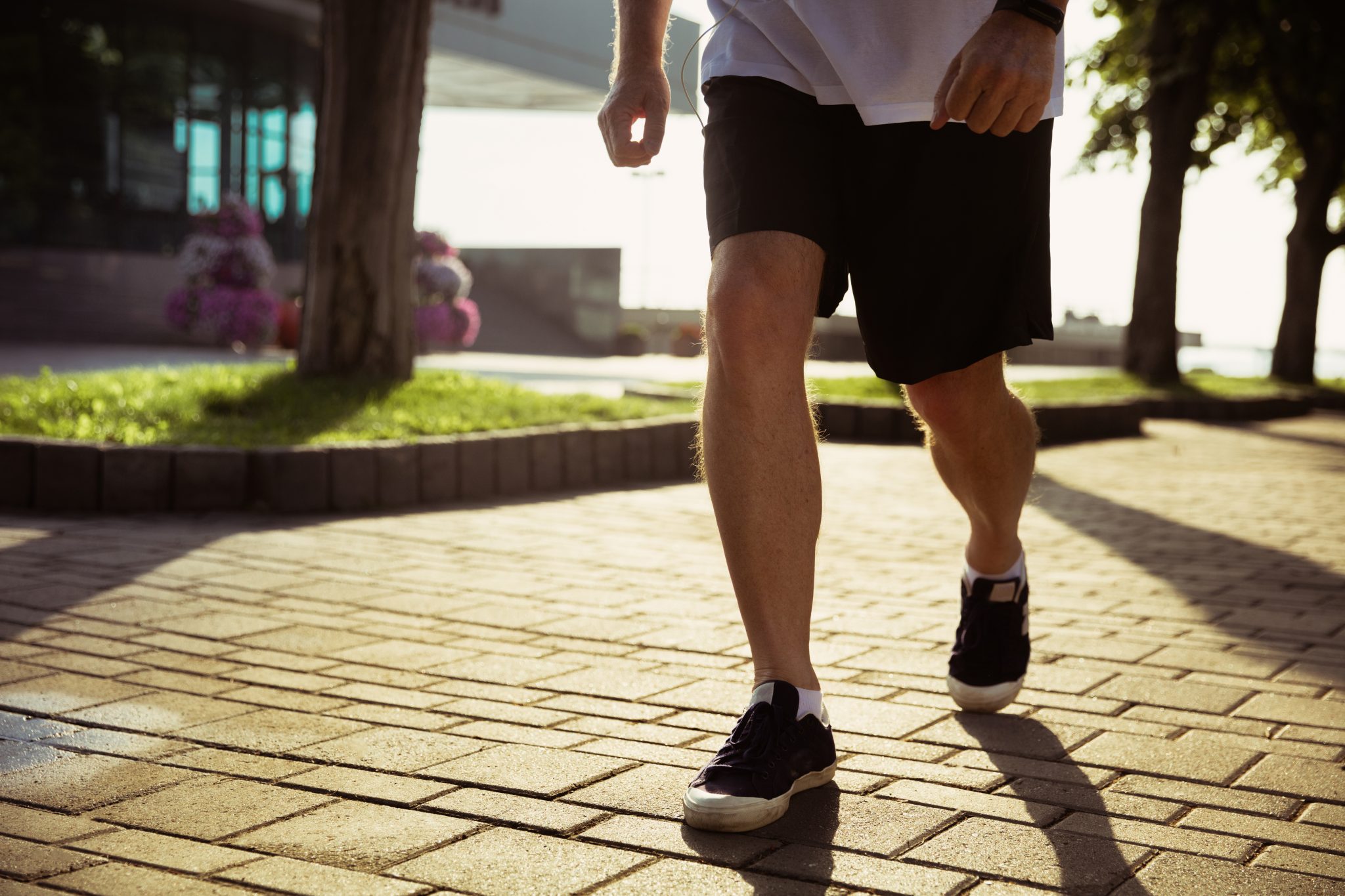Legs Venous Disease: Chronic Venous Insufficiency
People usually pay little to no attention to venous leg problems, while this condition, known as chronic venous disease, affects a big chunk of the US population. More than 30% of the population has chronic venous disease, while 10% of them suffer a more chronic form, which is Chronic Venous Inefficiency (CVI). Read on to learn more about its causes, symptoms, and treatments.
What is Chronic Venous Insufficiency?
Normally, the veins in our leg work for the two-way flow of blood i.e., from and to our heart. To push blood upwards to the heart, the veins in our legs consist of single way valves that enable blood to flow upwards against the force of gravity. However, when these valves get damaged due to aging or less mobility, they stop working effectively and may cause leakage of blood flowing upwards. This condition is termed as Chronic Venous Insufficiency.
What are the main causes of Chronic Venous Insufficiency?
Some of the potential causes that lead to this disease can be:
- Obesity
Not every person who is overweight suffers through CVI, but obese people have a higher risk of having this disease. Their weight puts more pressure on legs’ valves that can deteriorate their structure and hence, can result in ineffective functioning.
- Pregnancy
Due to continuous hormonal changes during pregnancy, females develop increased chances of forming blood clots. This can also result in a disturbance in the upwards blood flow of the valve, hence resulting in CVI.
- Age over 50 years
With increasing age, veins become stiffer and their resilience reduces. As they start shrinking, they cause blood to pool in them which leads to CVI.
- History of a leg injury
If people have a history of a leg injury, they are more prone to getting CVI because they might have damaged their valves in an accident which stops them to work properly.
- Reduced Mobility
Standing or sitting in one position for longer time periods causes high blood pressure in leg veins, which can have a negative impact on their normal functioning.
- Smoking
Smoking leads to serious diseases like atherosclerosis in which a waxy plaque starts accumulating in the veins. Because of excessive smoking, this substance starts to accumulate in the valves of legs that interrupts the upwards flow of blood. Because of this, the blood starts to pool up in the legs’ veins and leads to a severe condition like chronic venous insufficiency.
Symptoms of chronic venous insufficiency
If you have chronic venous insufficiency, you may experience the following symptoms:
- New varicose veins appearing on legs
- Painful cramps while walking or standing in a place for too long
- An itchy sensation on leg and feet
- Swollen legs or ankles
- Leathery texture of the skin
These symptoms should not go unnoticed. If you observe these, you should rush to your doctor because the more you delay it, the worse it gets. Without treatment, the swollen veins in your legs can result in bursting of tiny blood vessels that can turn your skin reddish-brown. The skin becomes very sensitive to any bump or scratch and can break easily. These burst vessels or capillaries can also lead to inflammation of tissues and in extreme scenarios, turn into ulcers. These venous ulcers are very hard to heal because of engagement in social and occupational activities and can be recurrent. Such ulcers can be infected and spread around other tissues, leading to another serious condition known as cellulitis.
How can Chronic Venous Insufficiency be diagnosed?
It is crucial to get this disease diagnosed by a vein specialist instead of relying on self-diagnosis. Your practitioner will study your medical history, give you a physical exam, and ask you to take various tests to diagnose it. You might also be required to take a Duplex or vascular ultrasound test to inspect the structure of your legs’ veins, know the speed of blood flow, and its direction. It uses a handheld device that is run over your skin. It emits sound waves that bounce back after hitting and detecting the damaged vein that can be viewed on a monitor. Other scans and X-rays may also be needed to detect any other cause of leg swelling and pain.
How can Chronic Venous Insufficiency be treated?
Chronic Venous Insufficiency requires a blend of different strategies for treatment. You are required to make changes in your lifestyle as well as using medications and compression stockings. Based on your condition’s severity, some of the treatments that your practitioner may recommend you are:
- Regular exercise: Walking at a moderate pace and low-intensity workouts are highly beneficial because they improve the movement of joints and strengthen muscles in legs.
- Avoiding sitting or standing for a long time: If you need to take long periods of sitting or standing at a place, take more breaks to change your position or elevate your legs so that the blood keeps flowing towards the heart.
- Weight loss: With lesser weight, the pressure on leg muscles reduces, and there are greater chances of the healing of defected veins.
- Legs elevation: You should raise your legs and ankles above the heart level after intervals of 30 minutes. This will help stop the blood from accumulating = in your legs.
- Taking care of good skin hygiene: You need to be cautious about your skin and follow a good skincare routine. Your skin gets sensitive and flaky in this condition and can easily break if you do not take care of it. You also need to be careful about any kind of bacterial infection that may turn into ulcers. Hence, skin hygiene is also a major factor to be considered here.
- Medications: Take medicines that improve the flow of blood in your body and antibiotics that can prevent any kind of infection.
- Using compression stocking: They help your blood flow’s direction and speed, keeping them within the normal range, depending upon the pressure that your doctor prescribed you.
- Sclerotherapy: In this process, a chemical solution is injected directly into the infected veins that causes them to collapse and get absorbed by the body. These veins no longer perform the function of carrying blood, and the blood flows back to the heart through other veins.
Several factors like age, obesity, pregnancy, reduced mobility, injury, smoking, etc. may lead to Chronic Venous Insufficiency in which damaged veins interrupt blood flow towards the heart. The condition can be treated by the above-mentioned strategies based on how critical your situation is. However, you should not neglect early symptoms of this disease because if it gets worse, it can lead to the development of venous ulcers that can destroy your skin and cause more serious conditions like cellulitis. If you experience any of the above-mentioned early symptoms, make sure you consult our doctors at South Florida Cardiovascular Specialists for proper diagnosis and treatment.





